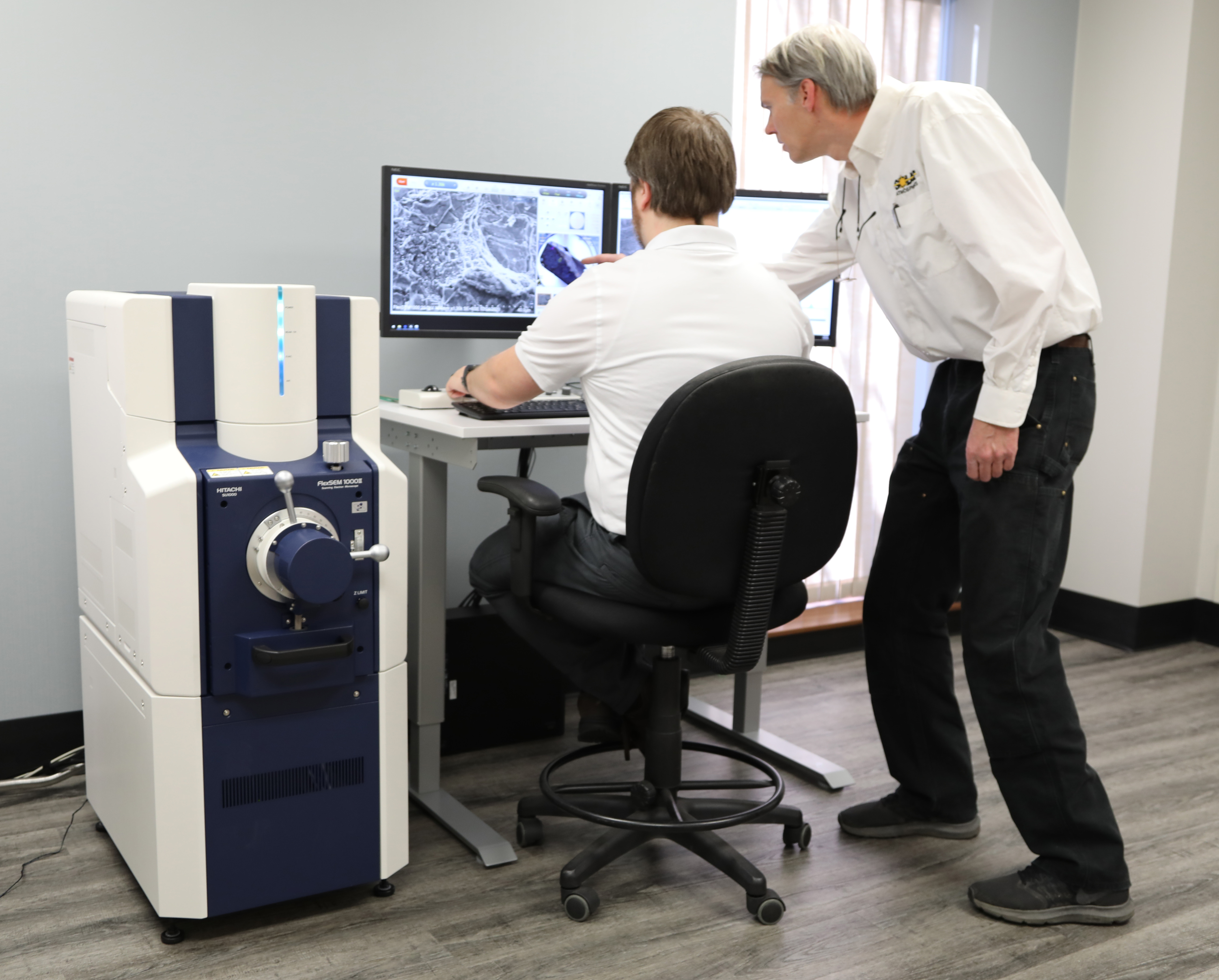
To meet the challenges of the metal treating industry, Solar Atmospheres purchased and commissioned a Hitachi smart Scanning Electron Microscope. The FlexSEM1000 II will allow Solar to meet customer needs, such as strict requirements for low level contamination from carbon, oxygen and/or nitrogen post heat treating.
Additionally, the SEM will enable Solar to fulfill materials characterization and microstructural determination requests beyond the basic metallography and hardness testing. This investment is a response to the changing needs of Solar’s customers, and is in keeping with the company’s mission of looking forward in the area of technical capabilities while demonstrating a willingness to accept a challenge.
“This addition is a game changer,” stated Don Jordan, Solar’s vice president of technology. “We have made significant investments in our technical capabilities over the years, and this was a natural addition to our core competencies.”
The SEM unit includes an energy dispersive X-ray Spectroscopy (EDS) option to characterize the elemental composition of the sample under investigation. “SEM technology has come a long way recently,” Jordan continued. “Today’s SEM technology means you don’t need to be a PhD to run the machine. The human interface is user-friendly, meaning quick and accurate metallurgical photos and spectroscopy can be achieved.”
“SEM analysis is yet another value-added service available to our customer base” stated Mike Moyer, director of sales. “Many of our customers have needs over-and-above what commercial heat treat companies offer. Now, not only can we help our customers develop a complex heat treatment process, but we can provide them with the analytical results to validate that process. It’s a one-stop shop for them, adding value and reducing the time necessary to bring a process to production.”
Contact Details
Related Glossary Terms
- hardness
hardness
Hardness is a measure of the resistance of a material to surface indentation or abrasion. There is no absolute scale for hardness. In order to express hardness quantitatively, each type of test has its own scale, which defines hardness. Indentation hardness obtained through static methods is measured by Brinell, Rockwell, Vickers and Knoop tests. Hardness without indentation is measured by a dynamic method, known as the Scleroscope test.







